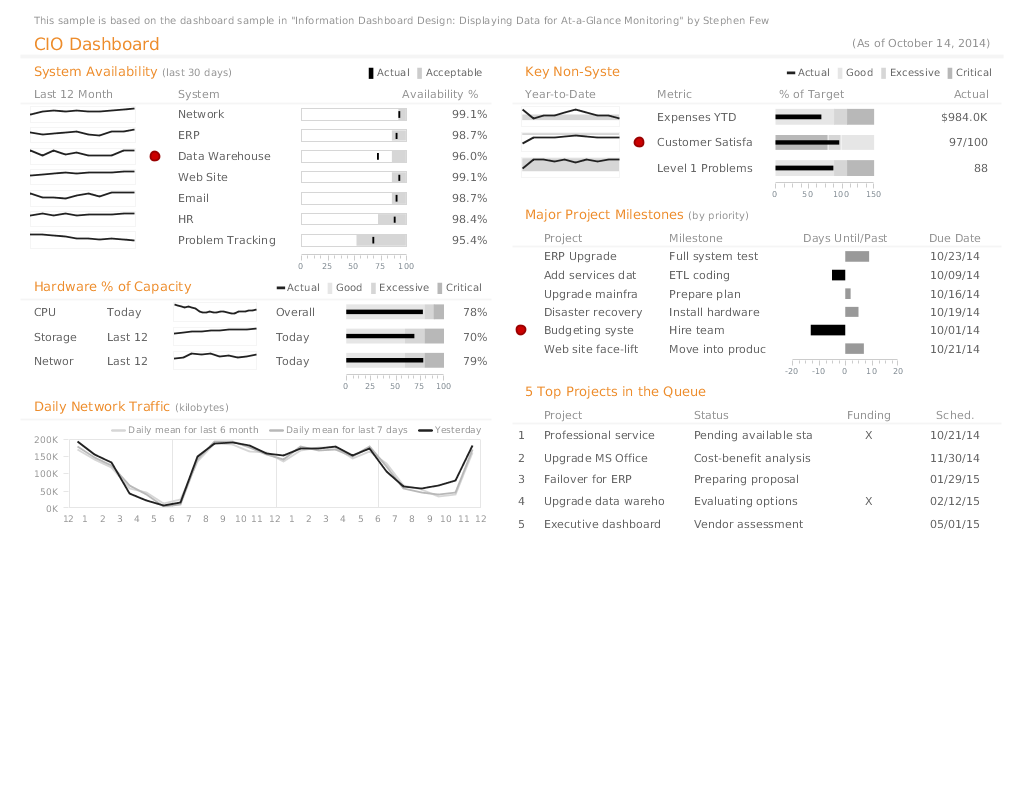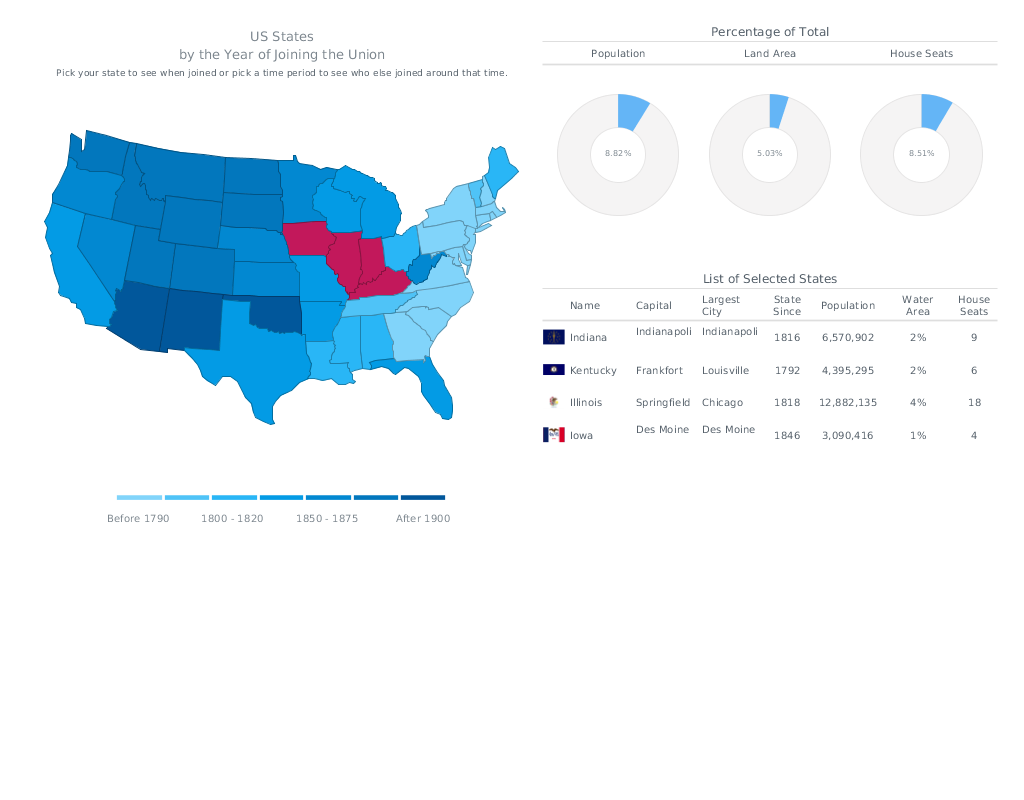

Our JavaScript libraries for data visualization are platform, browser, database and technology framework independent. The key advantages of An圜hart are clear enough and can be seen with the naked eye. Our main competitor is Highcharts, amCharts and FusionCharts still bite off a piece of our target audience of web developers and data professionals, just yet. Who are your top competitors & how is An圜hart different from what’s already exists in the market? We still support Flash in our charting components, but this part of our job is already tiny and continues decreasing as more and more of our customers adhere to HTML5, the backbone technology of the modern web. Flash was everywhere, so An圜hart succeeded as a one-fits-all data visualization tool.Īfter the fall of Flash as a universally used environment, we added the SVG support, released the first versions of our JavaScript charting libraries, and completely shifted to HTML5 data visualization. We realized that it’s possible to extract data in the XML format from any source and then display it as a Flash based chart, and then implemented this idea in An圜hart. We started in 2003, at the times of Adobe Flash and the beginning or XML. How did you start? What’s your brief history? Indeed, An圜hart is designed for creating any chart out of any data. That’s exactly what enterprises need to bring their multi various data to life, and we are here to take the entire burden of data visualization off their shoulders. What we at An圜hart have been building is an advanced, comprehensive data visualization solution that creates any chart based on any data in any environment. I mean, okay, anyone can find a way to build a certain chart based on certain data in a certain visual or programming environment. That’s the thrilling challenge we accepted from the beginning.

At the same time, it’s critical to provide the viewer with a clear, explicit picture on which data truly speaks.

Generally, a developer does not know in advance what exact situations will occur in terms of data: right or wrong data, small or big data, and so on. However, when it comes to enterprise information systems, corporate reporting, analytics and business intelligence, it’s all more complicated. There are many components for developers specific to one programming environment or another, so that has never been a big problem to create a bar chart or a pie chart in VB, Visual C, and so on. If we think of data visualization from the point of view of graphics and data, that seems to be a pretty straightforward affair.

Tell me more about the problem you are trying to solve? But essentially it’s one universal data visualization tool based on our own award-winning open-source GraphicsJS library. You can use it to build any custom dataviz based on HTML5, natively embedding it into websites, corporate apps, mobile projects, SaaS or OEM products of literally any kind.Ĭurrently we market An圜hart JS Charts as a product family consisting of smaller, purpose-specific JavaScript charting libraries: An圜hart for basic charts, AnyStock for date/time based visualizations including but not limited to stock and financial graphics, AnyMap for geo maps and seat maps, and AnyGantt for project Gantt, resource, and PERT charts. We are building a universal engine for interactive data visualization to allow the easy creation of any charts, maps and dashboards from any data and ensure they look and feel great in any web projects, on any platform and in any browser.Īs a matter of fact, that’s what the core An圜hart solution already is, a powerful feature-rich JavaScript charting library that seamlessly work with all major technology stacks and databases. I tried to follow this guideline ( ) but as I said, I haven't succeeded in generating and saving the file.Hi Anton, So tell us about what you are working on? I don't receive an error but I don't get the image either. I have been testing the ".saveAsPng()" and ".saveAsSVG()" functions from the Anychart Library but there has been no success. I am using Java for programming the android application. This image is created without being rendered since the idea is to use the data from a vector to generate the image and save it on the phone's memory. I was trying to create and save an image with An圜hart for an android application.


 0 kommentar(er)
0 kommentar(er)
